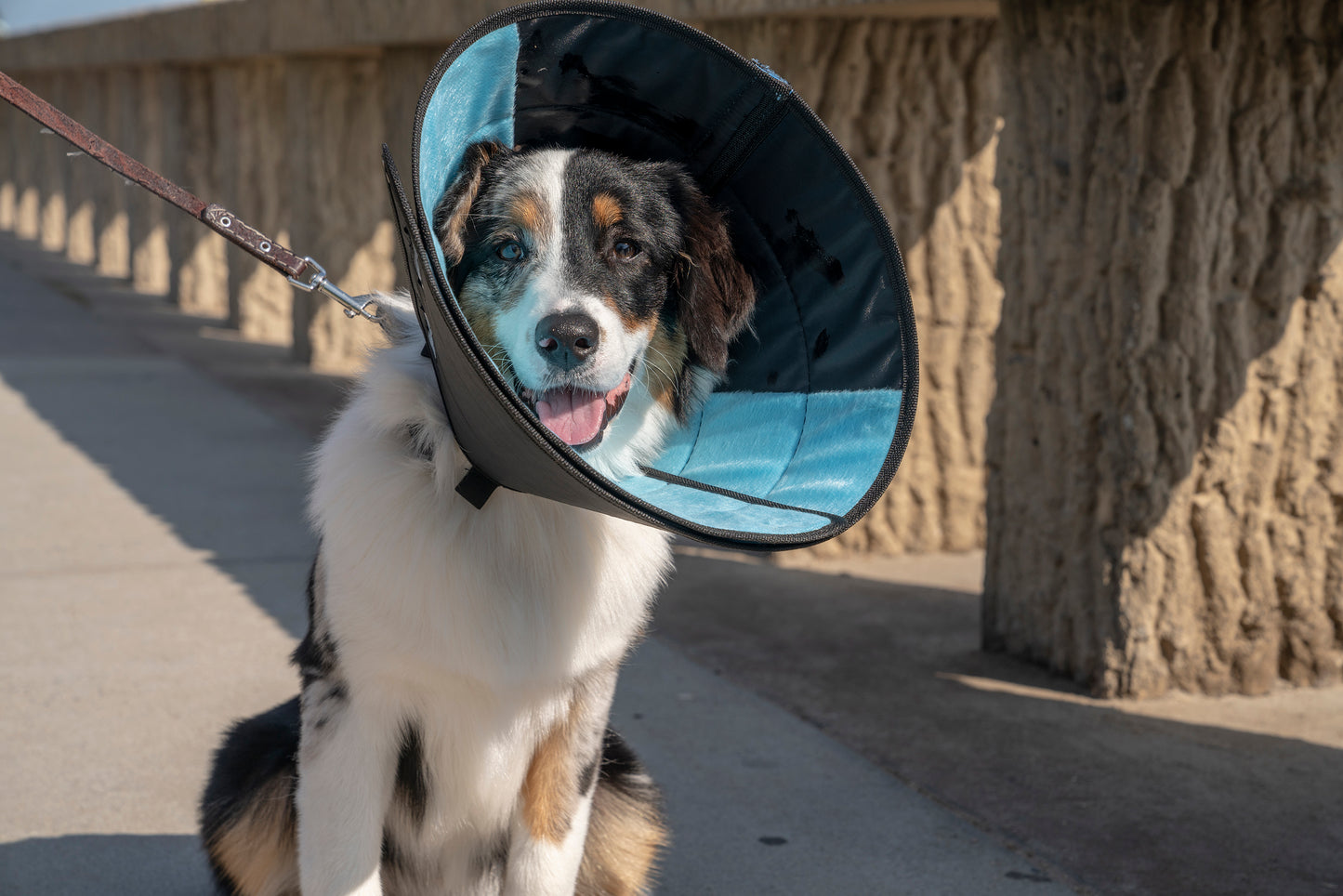
How to Care For Your Pet After Surgery and Prepare Your Home for a Recovering Pet
When a pet undergoes surgery, there are typically some environmental changes or changes to their daily care plan. After a procedure, your veterinarian will likely discuss details of your pet’s surgery and provide some recommendations for your pet’s recovery. These suggestions for the home may include:
-
Keep them comfortable: Frequently check your pet’s living space to see if its clean, comfortable and in a calming space. Typically limiting uncontrolled activity while they recover is best to allow any wounds to heal properly.
-
Follow veterinarian instructions: Suggestions can be made for your pet’s diet, medication, or bandage changes. Following these step by step will provide the most optimal healing outcome for your pet.
-
Keep an eye on wound care: Typically, stitches are removed ten days after surgery but keep an eye for problems like redness, soreness, swelling, pus, and discoloration. To prevent infection of wounds, it is so important to keep your pet’s e-collar or cone on so they are not able to transmit bacteria in their mouth to the wound. If something doesn’t look normal, call your veterinarian immediately. It’s common for pets to dislike their e-collars, in which case there are many comfortable alternatives
-
Avoid excitable interactions: If you own more than one pet, keep your recovering pet in a separate space to protect them from interactions that may cause additional or further injury. This can also apply to young children or other people in the household unaware of your pet’s recovery plan.
-
Use a leash: For everything! Keeping a leash on when pets when they need to relieve themselves to reduce the risk of injury from hyper-activity. For felines, moving their litter box close to their recovery space can limit distance for strain on recovery.
-
Break boredom: Use a treat-stuffed KONG dog toy or a puzzle game when your pet starts to feel better, but keep in mind this play should be supervised for limited movement.
- Happy pets heal quicker: Lots of cuddles, encouragement, and positive reinforcement helps pets feel more comfortable while they are in the most uncomfortable position of having to rehabilitate.
If you are fortunate enough to schedule a procedure and prepare ahead of time, training your pet for their limited-movement recovery plan is advantageous to both you as the pet parent and for your pet’s comfort post-surgically. If your pet is uncomfortable with an e-collar or cone of shame, practicing wearing it before their injured and rewarding them with treats can be helpful. If the surgery involves any orthopedic repair, getting an orthopedic brace before surgery and use it afterward per a veterinarian’s recommendation to decrease discomfort and encourage proper healing.